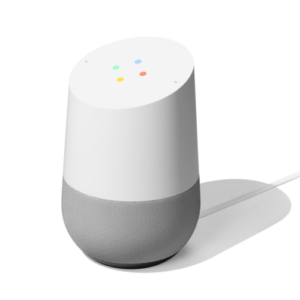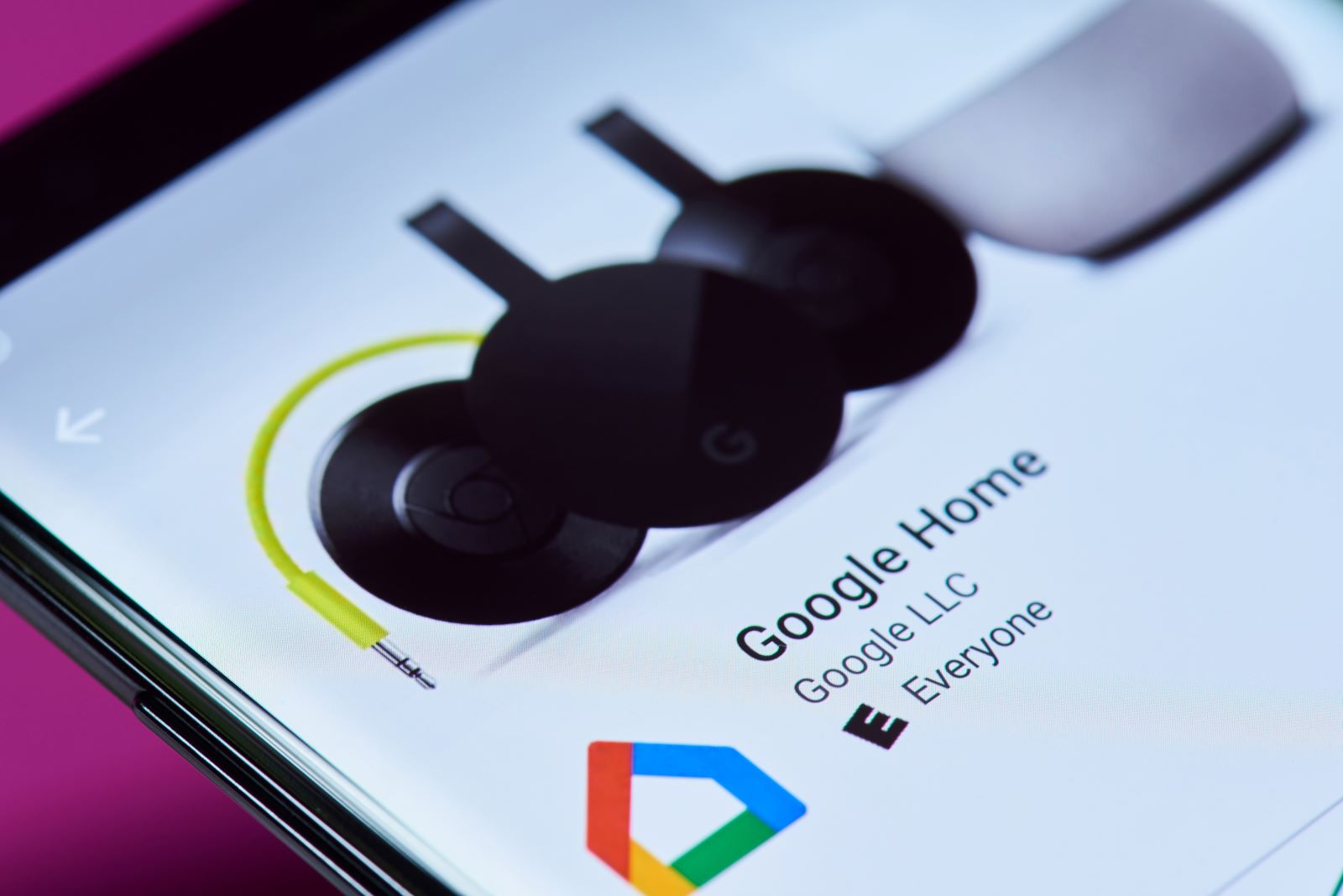Optus Mobile Review ALDI Mobile Review Amaysim Mobile Review Belong Mobile Review Circles.Life Review Vodafone Mobile Review Woolworths Mobile Review Felix Mobile Review Best iPhone Plans Best Family Mobile Plans Best Budget Smartphones Best Prepaid Plans Best SIM-Only Plans Best Plans For Kids And Teens Best Cheap Mobile Plans Telstra vs Optus Mobile Optus NBN Review Belong NBN Review Vodafone NBN Review Superloop NBN Review Aussie BB NBN Review iiNet NBN Review MyRepublic NBN Review TPG NBN Review Best NBN Satellite Plans Best NBN Alternatives Best NBN Providers Best Home Wireless Plans What is a Good NBN Speed? Test NBN Speed How to speed up your internet Optus vs Telstra Broadband ExpressVPN Review CyberGhost VPN Review NordVPN Review PureVPN Review Norton Secure VPN Review IPVanish VPN Review Windscribe VPN Review Hotspot Shield VPN Review Best cheap VPN services Best VPN for streaming Best VPNs for gaming What is a VPN? VPNs for ad-blocking Most of the set-up takes place in the Google Home app. First, here’s the short version. Most of the set-up takes place in the Google Home app. First, connect your smartphone or tablet to your home WiFi network. Next, download the Google Home app from the App Store or Google Play. Once you’ve downloaded the app, open it, and sign in with your Google account details (Gmail, etc.). After logging in, you’ll have an overview of your Home and its connected devices. If Google Home is the first device you’re setting up, no other devices will show up. To add your Google Home smart speaker to your home, tap the + button in the top-left corner of the screen. This will take you to the Add and manage screen. You can set up new devices, invite other home members (via email address), create speaker groups, and more. To add your Google Home, tap Set up device, then choose your Home or Add another home. On the next screen, the app will begin searching for local devices. Once it’s found your device, a pairing chime will play through the Google Home speaker. If the chime comes from the speaker you’re trying to connect, tap Yes. Google will ask you a series of legal and privacy questions. Answer those how you see fit and move onto the next step. Tip: If you have dual-band WiFi with a 2.4GHz and 5GHz connection, you need to make sure both your smartphone or tablet and Google Home device are connected to the same channel. If you’ve already set up Google Assistant, your WiFi password should pre-fill, otherwise enter the same password you regularly use for your home WiFi (found on the back of your modem if you haven’t changed it). You will be asked if you want to use Voice Match. This feature allows the Google Home to recognise your individual voice and create a profile of preferences based on clips of your voice. If you want personalised results, accept Voice Match (this can be changed at a later date). Next, select the Assistant voice you’d like to use (there are a few variations and samples to test). Here comes the important part, linking your preferred radio and music streaming services. Google Home includes YouTube Music and Google Play Music by default (using your Google account details), but if you’d like to add Spotify, Pandora, Deezer etc. select those services from the list and enter your login details for those apps. Select your default music player (e.g. Spotify) and tap next. If you want to link video services, select the apps you use from the next page (e.g. Netflix) and repeat the steps above. And if you’d like to make and receive phone calls, enter your phone number in the next field . Google will send you an SMS with a verification code that will be entered in the Google Home app. Done! You’re all set up and ready to start using Google Home. All settings and connected services can be altered via the Google Home app if anything changes. Now your Google Home is a blank slate, ready to be set up all over again.

